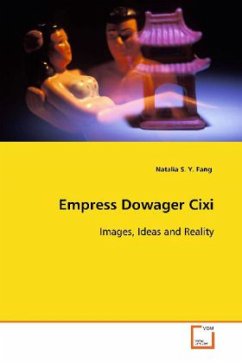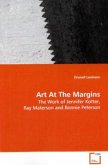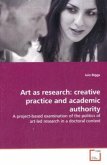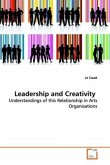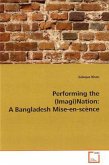This book focuses on the image-making for China s
Empress Dowager Cixi (1834 1908) and on Western
views of her. Although many articles and biographies
written by Westerners have tried to understand her,
Cixi, who had worked her way up from being selected
as a concubine of Emperor Xianfeng in 1851, remains
a mystery. While some have found her impressive,
civilized, kind and loyal, others have claimed her
to be reactionary, devious, tyrannical,
superstitious, drug-addicted, sex-mad and even
murderous. (Understandably, the Republic of China,
which took over in 1911, was little concerned to
burnish her image.) What this book aims to achieve
is this: as the subtitle Images, Ideas and
Reality - implies, studies of Cixi s public
appearance, her images and various opinions about
her (ideas) are thought to get as close as possible
to the real Cixi. Arguably, the best approach to her
is to understand her iconic portraits. This book
points to what is the likely reality behind the
images and ideas. Here, art history is used to
unravel serious confusions of the past affecting the
image of a long-reigning Empress and indeed the very
image of Imperial China.
Empress Dowager Cixi (1834 1908) and on Western
views of her. Although many articles and biographies
written by Westerners have tried to understand her,
Cixi, who had worked her way up from being selected
as a concubine of Emperor Xianfeng in 1851, remains
a mystery. While some have found her impressive,
civilized, kind and loyal, others have claimed her
to be reactionary, devious, tyrannical,
superstitious, drug-addicted, sex-mad and even
murderous. (Understandably, the Republic of China,
which took over in 1911, was little concerned to
burnish her image.) What this book aims to achieve
is this: as the subtitle Images, Ideas and
Reality - implies, studies of Cixi s public
appearance, her images and various opinions about
her (ideas) are thought to get as close as possible
to the real Cixi. Arguably, the best approach to her
is to understand her iconic portraits. This book
points to what is the likely reality behind the
images and ideas. Here, art history is used to
unravel serious confusions of the past affecting the
image of a long-reigning Empress and indeed the very
image of Imperial China.

